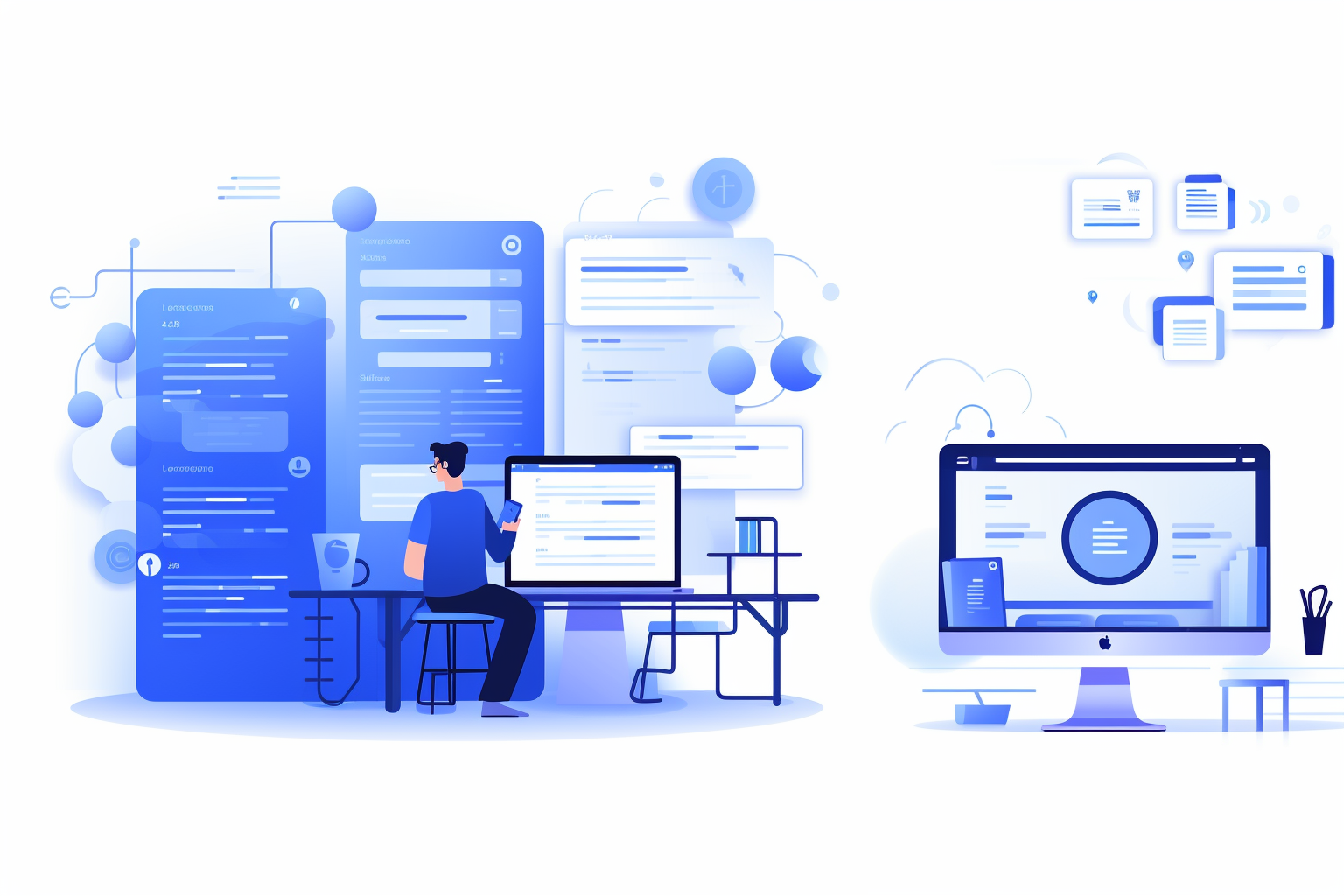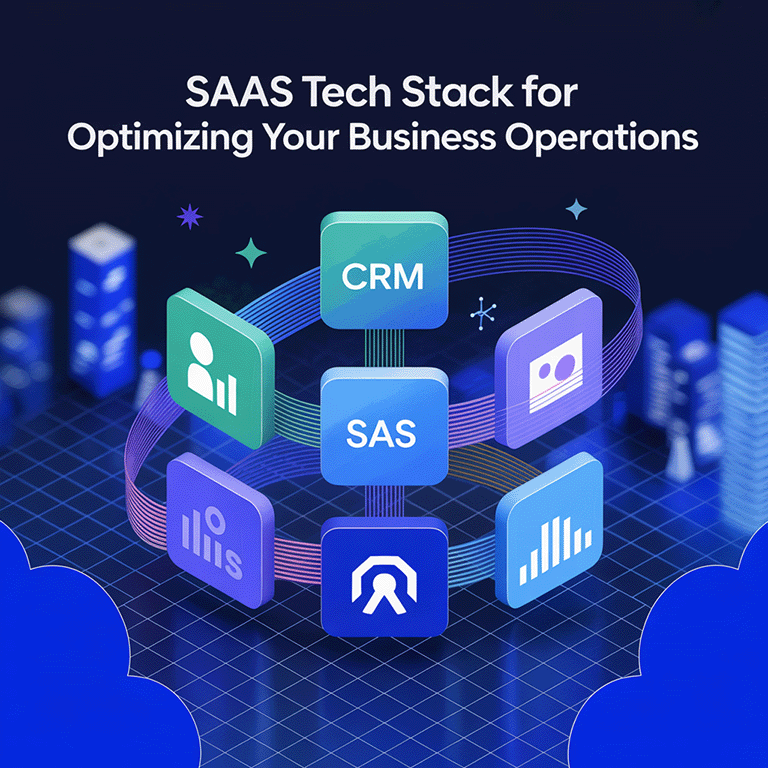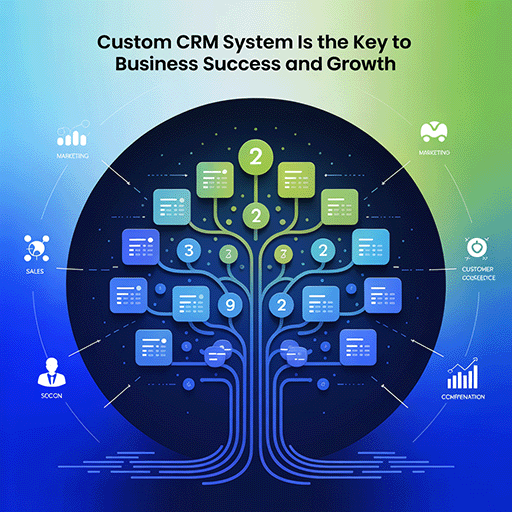The main difference between a Web App and a Cloud App lies in accessibility. Web apps are accessed exclusively through a web browser, while cloud apps can be accessed from any device, including mobile and desktop, not just a browser. This distinction has driven the rise of cloud migration services.
Between 2010 and 2020, the global cloud computing market evolved from almost $25,000,000,000 to nearly $157,000,000,000. This increase of more than 630% should compel any business with future or ongoing development needs to ask, What is the difference between a cloud service and a web service, and which one to choose?
Currently, over 90% of all organizations use cloud apps rather than web-based applications, so the average company is looking for a vendor that knows how to develop a cloud-based app. But is this choice justified?
A couple of years ago, the core distinction between web apps and cloud apps was how users access them. To access a web-based app, one has to use a web browser (exclusively). However, they can access a cloud-based application from anywhere (mobile or desktop device), including a web browser.
This is the main reason cloud migration services have grown in demand. However, that was a couple of years ago. Today, we have a much more profound answer.
What is a Web Application?

A web application implies that users can access it via a browser. Typically, the architecture of a web app is designed and crafted using server-side vs client-side scripts like PHP, ASP, HTML/CSS, and JavaScript. This means that any browser heavily depends on server components deployed on the backend, thus ensuring well-functioning online services.
Types of Web-Based Apps
There are several types of web-based apps: single-page apps, dynamic web apps, multi-page apps, static web apps, animated web apps, progressive web apps, and content management systems.
Single-page web apps
Basically, this is a website with a single HTML page and no other traditional pages like About Us, Contact Us, Services, etc. This single HTML page is fully loaded and suggests a fluid and continuous user experience. Most single-page web apps use links for users to click on and quickly navigate to the right section of the page.
The advantages of single-page web apps are an intuitive user journey, a straightforward navigation design, and easy scrolling. Whatever a business or technology strategy is, companies contact custom development teams to build single-page apps.
Multi-page web apps
As the name suggests, multi-page apps feature numerous sub-pages with a menu. In this case, the only way for a user to navigate such web apps is by clicking the links on the menu. E-commerce and e-learning websites have a multi-page structure. In fact, the brightest examples of such apps are Amazon, Lynda, Atlassian, Trello, and Google Docs.
Unlimited scalability is the main benefit of a multi-page web app. Some other benefits are as follows: such apps are larger and more complex, and since all information is divided across sub-pages, such web apps provide a huge depth on any subject.
Static web apps
Static web apps are developed using HTML/CSS and aren’t customizable. This complicates the process of frequently changing page content since it’s obligatory to download HTML code, then change it, and upload it to the server side again.
As for their benefits, they are easy to build and maintain, they also ensure fast loading, a high level of safety by not having any database, and they are less expensive than other types.
Dynamic web apps
Dynamic web pages generate content in real time and can be customized based on user interactions. In fact, the number of their interactive features is immense. The most common ones are registration systems and contact forms, shopping carts, and live chats.
The list of their core advantages above other web app types includes better personalization, scalability and flexibility, enhanced user interaction, and easy updating.
Animated web apps
Animated applications are favored for making it possible to display the animation effects through multiple designs that aren’t accessible on most other applications. Such web apps are typical for freelancers eager to present their creativity skills and web agencies delivering their experience through animation where applicable.
Such applications have three core advantages: superb branding, improved page navigation, and enhanced user experience.
Progressive web apps
A progressive web app benefits its users by acting like a cross-platform app. And though it uses the typical HTML/CSS and JavaScript languages, it also features the latest browser APIs and a long list of progressive features. The experience it grants is similar to that of using native mobile apps.
PWAs work in offline mode and are characterized by features like improved performance, high level of data security, low data usage, fast installation, and operating flow that reminds that of native apps.
Web apps with CMS
Finally, there are also CMSs, which are applications for websites where content is regularly updated. A content management system administrator grants permissions to other user types to make modifications and updates. WordPress is the most widely used CMS in the current market. These apps allow users to create content faster and allow administrators to deliver prompt and effective updates.
Advantages of a Web Application
- Web-based applications offer good adaptivity as they do not require a specific OS to operate, meaning they can work from any OS, thus staying available for a wide audience of current and potential users.
- There is no need to install or download them to start using.
- Their user interface is easy to optimize and modernize since updates are activated once the page is reloaded.
- Their security level is undoubtedly high due to one entry point available, so no data breaches should be expected.
Disadvantages of a Web Application
- Creating UX is a complicated task because users can access a web page through various browsers.
- Slow performance is another drawback. Web apps have lower responsiveness than other app types regardless of the Internet connection quality.
- Limited customization options make web apps less intuitive or interactive than native applications.
Note: Some mistakenly consider building a web-based app to be easy, especially with the expansion of AI that can replace developers in the near future. Yet AI for web development does have its limits.
What Is a Cloud Application?

In simple words, the cloud is a metaphor for the Internet. The concept appeared due to an old-fashioned depiction of the World Wide Web as a white cloud. According to the architecture of a cloud web application, software, and data are accessed via the Internet rather than hardware.
Cloud computing has become the common way to access programs and data, though most users have no idea how complicated data processing is on the other side.
Types of Cloud-Based Apps
Experts define three core types: SaaS, PaaS, and IaaS.
Software-as-a-Service apps
Software-as-a-service apps are the most common cloud-based web applications. Their very typical characteristic is that they are hosted and managed by Amazon Web Services, Microsoft Azure, Google Cloud Platform, or other cloud services. Such apps are easily accessed via a browser or mobile app without software installation requirements.
Salesforce, Google Workspace, Slack, DocuSign, Zoom, Netflix, Hubspot, Mailchimp, Shopify, and Microsoft Office 365 are the brightest SaaS examples.
Platform-as-a-Service apps
Platform-as-a-service apps render programmers a virtual space for software development, deployment, and management. They have a set of tools like coding language, databases, middleware, and features required for web and mobile application development.
Azure App Service, Wasabi, Google App Engine, Oracle Cloud Platform, IBM Cloud Foundry, SAP Cloud, Dokku, Apprenda Cloud Platform, Salesforce Lightning, Red Hat OpenShift, Cloudways, and Heroku are the most known and used PaaS apps.
Infrastructure-as-a-Service apps
Infrastructure-as-a-service apps are the third main type, delivering core resources (networking, storage, virtual machines) required to run apps. What is this cloud app used for? IaaS apps are utilized for developing and deploying new apps or running existing ones.
IBM Cloud, AWS EC2, Rackspace, Magento 1 Enterprise Edition, Google Compute Engine, Elastic Compute Cloud, Linode, Cisco Metacloud, Joyent, and Digital Ocean are some of the IaaS examples.
Additionally, there are other cloud-based apps available. The ones gaining popularity are Database as a Service, Storage as a Service, and Content as a Service.
Advantages of a Cloud Application
- Cloud applications offer enhanced collaboration due to shared storage and quick access to any critical information stored on the cloud.
- Such apps do not require hardware or maintenance, thus allowing a company to reduce budget expenses when choosing cloud technology.
- Their high storage capacity (frequently referred to as unlimited) is excellent for those storing big data volumes.
- They offer high scalability without multiple system bugs or any negative effects on cloud-native app security and performance.
- Reduced downtimes or app crashes for businesses interested in ensuring uninterrupted flows.
Disadvantages of a Cloud Application
- You are sharing sensitive data with a third party while sharing information with cloud vendors.
- Businesses considering changing web hosting providers may be locked into using a specific vendor.
Web-Based vs. Cloud-Based Apps: A Comparison Table
| Endpoint | Cloud-Based | Web-Based |
| Type | SaaS, PaaS, IaaS | static, dynamic, progressive web apps |
| Internet connectivity | Can work entirely/partially without it | Cannot work without it |
| Security level | Entrusted sensitive and confidential data remains such | Customer data can be verified on servers |
| TechStack | A backend framework and a JavaScript-dependant (front-end) structure | In-built languages and databases (Python, PHP, Ruby, MySQL) |
| Access | Browser independent | Browser dependent |
| Customization level | High | Medium |
| Cost | Medium | Lower than for cloud apps |
| Scalability level | Very high | Limited |
| Availability | Uptime is high | Uptime is limited |
| Storage | Replication across multiple data centers | One data center |
Web Apps vs. Cloud Apps: Future Insights

Obviously, the future prognosis for cloud app growth is closely related to the entire cloud computing market. Currently, top cloud computing trends include not only cloud app engineering but also migrating enterprise data to the cloud, creating multi-cloud solutions that are also called hybrid AI dominance. In 2024, this market is estimated at $0.68 trillion. Total cloud adoption will increase by 70% in just three years and is expected to hit $1.44 trillion by 2029.
There’s little to no relevant statistical data when it comes to web applications in general, as it is difficult to make a prognosis on how an old technology with lots of branches can evolve. However, most researchers eagerly share data on PWAs: the PWA market will reach $10.44 billion by 2027. So, if you go with web-based apps, the smartest way is to choose PWAs.
In the software development world, web-based applications existed long before anybody asked, What is a cloud app? The creation of web applications is linked to backend languages like .NET, PHP, or Python with their multiple frameworks and remote databases. At the same time, cloud-based app development goes with both a backend and a front-end framework to guarantee smooth performance.
And though there are many benefits of web applications, when comparing cloud apps vs. web apps, cloud apps take the lead since they operate fully and/or partially offline. This is why cloud apps are typically the first option for apps with high computation. Meanwhile, for an average user, web applications are a safe option for transactional e-commerce websites (for example, information portals and booking services).
Expenses on web application vs. cloud application development are another stumbling block: building a browser-only app rather than a custom one is cheaper. Yet, it depends on the app’s functionality and the industry it will serve. For instance, an e-learning cloud app will require less investment than a healthcare system with loads of sensitive data and government-managed compliances.
In the End
Cloud-based vs. web-based apps will continue to be a heavily debated choice. Both options offer benefits and disadvantages. So, the right choice for you will depend entirely on your customers and needs.
At LITSLINK, we help those at a crossroads decide where to go: a web-based app or its counterpart, the cloud-based one. After carefully studying your business needs and plans, we’ll apply our knowledge base and experience to suggest the option that will work for you.
Contact us to start working on the optimal solution for your business.





